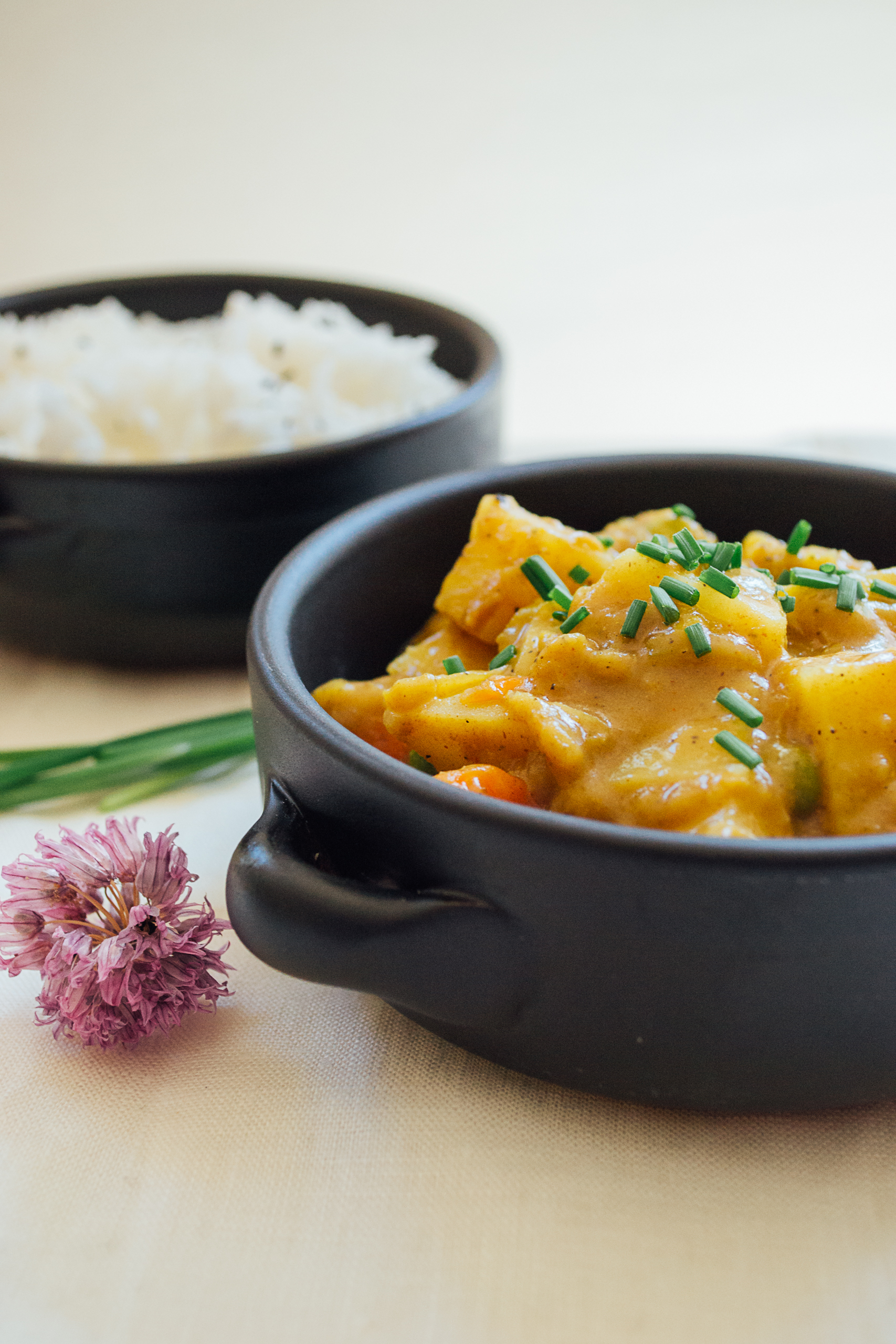This month five years ago, Marc and I pulled into my brother's driveway here in Bellingham, our truck packed tightly with everything we thought necessary plus the poor dog who was allotted about one square foot of space for the 2,000-mile journey. All along the way, boxes kept falling down on his hairy head and not once did he complain.
We had, after some deliberation, decided that this was the place where we were going to put down roots. Marc and I didn't know where we would exactly live in our new town, but a month later, after I'd started to settle into my private practice, we found a house next to the woods. We have been here since.
Two or even three years in, there were moments where I would suddenly forget where I was. I would open my eyes in the morning, feeling disoriented at seeing the walls of a room other than those of our old bedroom in California. Or, I'd be driving along by the lake and take a turn, expecting to arrive somewhere in L.A.
Somewhere in the middle of living my life, though, that unsettled feeling drifted away. It took a while. My former life in Southern California feels like a dream and now my roots reach down, firmly anchoring me to this place of clouds, rain and wetland woods.
I don't miss the heat, the perpetual summer. What I miss most about my hometown is people -- friends I haven't seen in so long, family I no longer get to spend time with on a regular basis.
There are a few other things, like food, for instance. I know L.A. has changed so much since we left, and the food with it. Just today, I was listening to Evan Kleiman's Good Food on KCRW. She was talking about the rise of Latino coffee houses all over Southern California, including Tierra Mia a few blocks from my old high school. I hadn't heard anything about that before turning on the podcast.
When it comes to food and my hometown, I miss Little Tokyo, or J-Town most and the yummy stuff we'd regularly eat there. Like mochi and mochi ice cream from Mikawaya and warm red bean cakes from Mitsuru Cafe called imagawayaki (see video below) that are cooked in rows of copper pans.
Most of all, I miss our weekly, sometimes twice-weekly visits to the Curry House.
Have you ever had Japanese curry? It seems not that many people up here in our town, at least the ones I've talked to, know about it. In many American minds, Japanese food equals sushi and not curry. But in Japan, it's a comfort food cooked at home, one of those well-loved dishes where each family makes it their own way. Everyone loves it, kids included.
It's my ultimate comfort food.
Kare raisu, as it is known, falls into the category of yoshoku. This style of cooking takes Western ingredients and transforms them into something to suit Japanese tastes. Though most of us think of curry as an Indian spice, rather than something from the West, it's thought to have been introduced to Japan by the British. Hence, kare raisu's yoshoku status. At its most basic, kare raisu is a curry-flavored gravy with onions and may also contain beef, pork, chicken or veggies. As the raisu part of the name points out, it's typically served over rice.
At Curry House, you can order your dish in many different ways. You can get a deep-fried meat cutlet over it, or a ground beef patty. You can have it topped with tofu or boiled egg. It's completely customizable.
Here's the version we cook in our house. It's the one we like and now eat at least once a week as we hold onto memories of friends, family and visiting our favorite place in Little Tokyo.
Japanese Curry (Kare Raisu)
Adapted from Serious Eats.
Ingredients
For the roux:
2 tablespoons vegetable oil (such as sunflower), OR unsalted butter
1/4 cup rice flour (or all-purpose)
1 tablespoon hot curry
1 1/2 teaspoons mild curry
1 3/4 teaspoons garam masala
1 tablespoon Worcestershire sauce
1 tablespoon tomato paste
1/4 teaspoon cayenne (use more if your prefer your curry more spicy)
1/2 teaspoon mild honey OR half a finely grated apple
For the curry
2 teaspoons vegetable oil
2 medium onions, halved then thinly sliced
4 carrots, peeled and cut into 1/2-inch chunks
4 cups vegetable broth
1 1/2 pound firm-fleshed potatoes (such as Yukon Gold), peeled and cut into 1/2-inch chunks
2 teaspoons salt
3/4 cup peas
Instructions
In a large, heavy-bottomed pot heat oil over medium heat. Add onions and saute until they turn golden and are just beginning to caramelize, 10-12 minutes. Add carrots, then vegetable broth. Bring to a boil then add potatoes and salt. Cover and simmer for about 30 minutes, until potatoes are tender.
In the meantime, make the roux. In a large saucepan or a wide skillet, heat oil. Add flour, both curry powders and garam masala. Stir for a minute or two, incorporating the ingredients together. Add Worcestershire sauce, tomato paste, cayenne and honey, stirring and pressing mixture together. You will have a dry paste. Turn off heat. Set aside.
Once your vegetables are done, ladle out about 2 cups of the liquid. Turn heat back to low for the roux. Add a small amount of liquid to the roux at a time, stirring after each addition, until all of the broth has been added. You will have a very thick gravy. Add all of this back to the pot with the vegetables and stir gently, until a rich gravy develops. Add peas and allow to warm through.
Serve over rice. I like my curry garnished with red pickled ginger (beni shoga). And here! Come watch how they make goza soroh (another name for imagawayaki). They are delicious!













